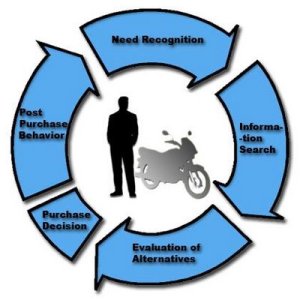Online Privacy — Is it the Ultimate Oxymoron?
November 11, 2012 Leave a comment
The world as we know it collectively agrees that having the internet is a commodity; it is a gift of technology that we can’t live without. From movie reviews, how-to instructional webpages, e-shopping, communication, etc. — we have learned to take advantage of it in the most useful of ways.
Fast forward to the present year, 2012, and we are learning that our passion for the internet is being taken advantage of by information-collecting interfaces. With the technology boom of the past decade, specifically social media, we have come to learn that we are being forced to fork over personal information (sometimes unwillingly) to corporations, marketing firms and more.
It can be as simple as making an online purchase on E-bay, where the system memorizes your e-mail and personal information. Newer technologies are developing in bundles, such as the ability to partner up with Facebook and create an application for your website, a way of integration and social sharing. Examples of this include Huffington Post, Yahoo, Spotify, Pintest, Rotten Tomatoes, and even the most recent campaign of our re-elected President Barack Obama. Instead of making you create a new account on their website, you can simply log-in with your Facebook credentials within seconds.
Consumers are becoming more and more aware of the fishy and pesky techniques that companies are using to collect personal information. They are becoming more educated in the reasons behind the invasion of privacy — facilitating targeted marketing campaigns based on demographic and psycho graphic components.
Pro-privacy groups and firms are fighting back with the aid of the government. This can be observed in the article, McDonald’s Online Games Remove Social Networking Features After Complaint Over Kids’ Privacy(http://www.huffingtonpost.com/2012/10/23/mcdonalds-online-games-re_n_2005616.html). McDonald’s was forced to disengage in social sharing on their HappyMeal.com website, which allowed their target audience (kids) to forward invitations to their friends (other kids) without their parent’s permission — a clear violation of the Children’s Online Privacy Protection Act.
This is just one of many retaliations against privacy sharks, a movement that has been gaining traction in the past year. The problem here is that your personal information is at such a high value, that criminals and tech-gurus will always be looking to leverage that asset for financial gain.
Do I think our personal information is safe? No. Unfortunately, everything is already out there. There is only so much you can hide as there are terabytes upon terabytes of personal information since the history of the Internet. If you don’t believe me, then you sure haven’t Google’d yourself lately.


